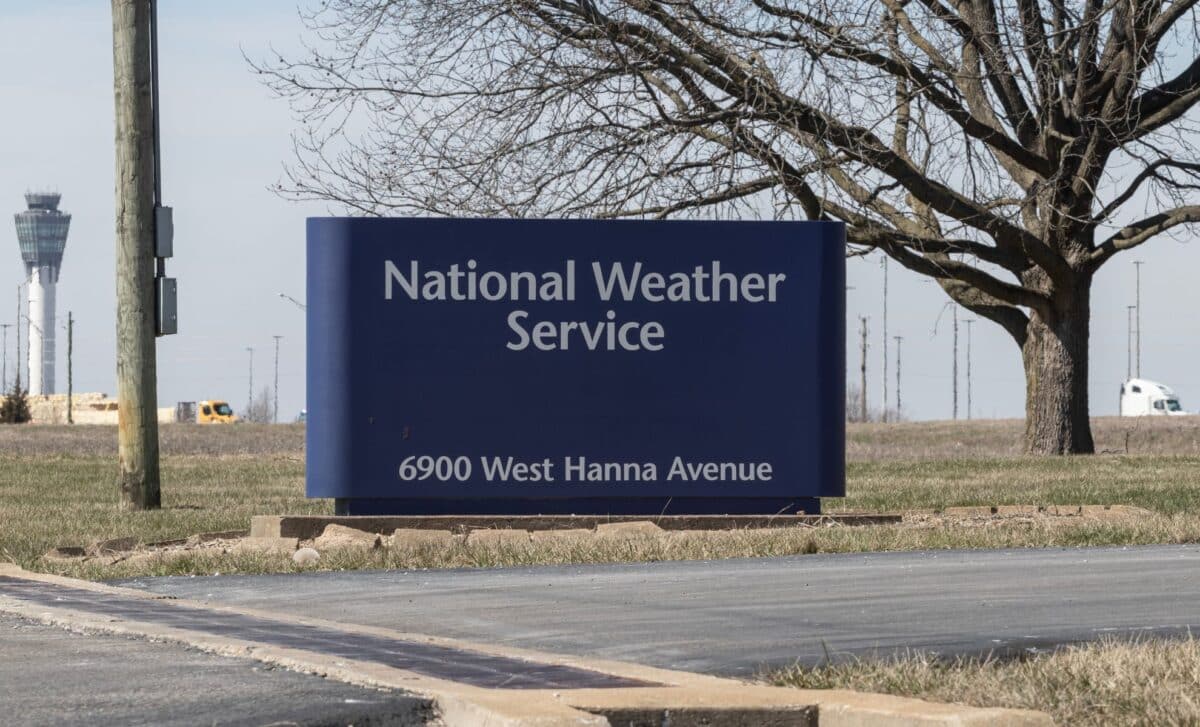Air quality concerns escalated on Monday as more than 200,000 residents across Michigan, Minnesota, and South Carolina were advised to stay indoors due to deteriorating conditions caused by Canadian wildfire smoke and elevated ozone levels.
These warnings underscore the significant and far-reaching effects of wildfires beyond their immediate locations, impacting air quality thousands of miles away. The health implications of poor air quality are particularly serious for vulnerable populations, including children, older adults, and individuals with pre-existing respiratory or cardiovascular conditions.
Wildfire Smoke From Canada Drives Air Quality Alerts in the Upper Midwest
In Michigan and Minnesota, air quality warnings were prompted by smoke drifting southward from large wildfires burning in Manitoba and Saskatchewan, according to notices from the National Weather Service (NWS).
Michigan counties affected include Mackinac, Chippewa, Menominee, Keweenaw, Dickinson, Iron, Marquette, Baraga, Schoolcraft, Houghton, Delta, Ontonagon, Gogebic, Luce, and Alger. The entirety of Minnesota was also placed under alert.
The NWS advised residents, particularly those with heart or respiratory conditions such as asthma, to avoid strenuous outdoor activities. The smoke intrusion is expected to be prolonged, with multiple waves forecast over several days. Authorities recommended keeping windows closed overnight to prevent smoke infiltration indoors.
The smoke’s health impact is especially concerning for sensitive groups, including children and older adults. According to Professor Jonathan Grigg, a specialist in paediatric respiratory and environmental medicine at Queen Mary University of London, children’s developing lungs make them particularly vulnerable to air pollution.
He explained that exposure can interfere with lung development and exacerbate conditions like asthma. Grigg also noted clear links between inhaling particulate matter and increased risks of respiratory and cardiovascular diseases.
Ozone Pollution Worsens Air Quality in Parts of South Carolina
Meanwhile, parts of South Carolina, including the Catawba and Upstate regions, experienced air quality alerts related to elevated ozone levels. The alert noted that weather conditions had contributed to higher ozone concentrations, which were further exacerbated by interactions with Canadian wildfire smoke moving across the Plains and Southeast.
Ozone at ground level is a harmful pollutant that can irritate the respiratory system and worsen lung diseases. Health officials urged residents to minimise outdoor activities, especially those in sensitive groups.
At the time of reporting, Minnesota’s air quality alerts were set to remain in effect until 6 p.m. on Monday, while the South Carolina alert was scheduled to last until 8 p.m., according to the latest information from local authorities.
These developments serve as a reminder of the far-reaching impact of wildfire smoke and pollution, reinforcing the need for timely warnings and protective measures to safeguard public health.









